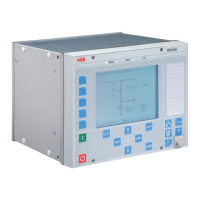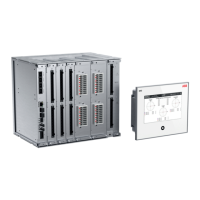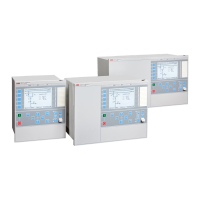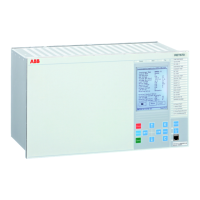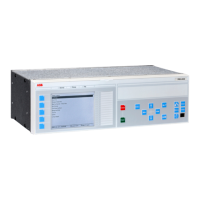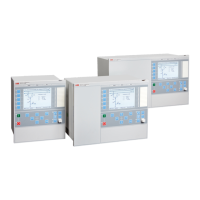When single pole tripping is required, a detailed study of the voltages
during phase-to-phase and phase-to-ground faults should be done, at
dif
ferent fault locations.
16.4 Current reversal and weak-end infeed logic for phase
segregated communication ZC1WPSCH (85)
SEMOD155635-1 v2
16.4.1
Identification
SEMOD156467-2 v2
Function description IEC 61850
identification
IEC 60617
identification
ANSI/IEEE C37.2
device number
Current reversal and weak-end infeed
logic for phase segregated
communication
ZC1WPSCH - 85
16.4.2 Application
SEMOD156558-1 v1
SEMOD156537-5 v4
Current reversal logic
If parallel lines are connected to common buses at both terminals, overreaching
permissive communication schemes can trip unselectable due to current reversal. The
unwanted tripping af
fects the healthy line when a fault is cleared on the other line. This
lack of security results in a total loss of interconnection between the two buses.
T
o avoid this kind of disturbances, fault current reversal logic (transient blocking logic)
can be used.
The unwanted operations that might occur can be explained by looking into
Figure 389
and Figure 390. Assume that the fault has been taken place close to breaker B1. At
first, the protection A2 at A side will detect a fault in forward direction and send a
communication signal to the protection B2 at remote end, which is measuring a fault in
reverse direction.
1MRK 504 163-UUS A Section 16
Scheme communication
Transformer protection RET670 2.2 ANSI 829
Application manual
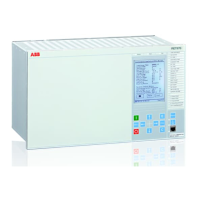
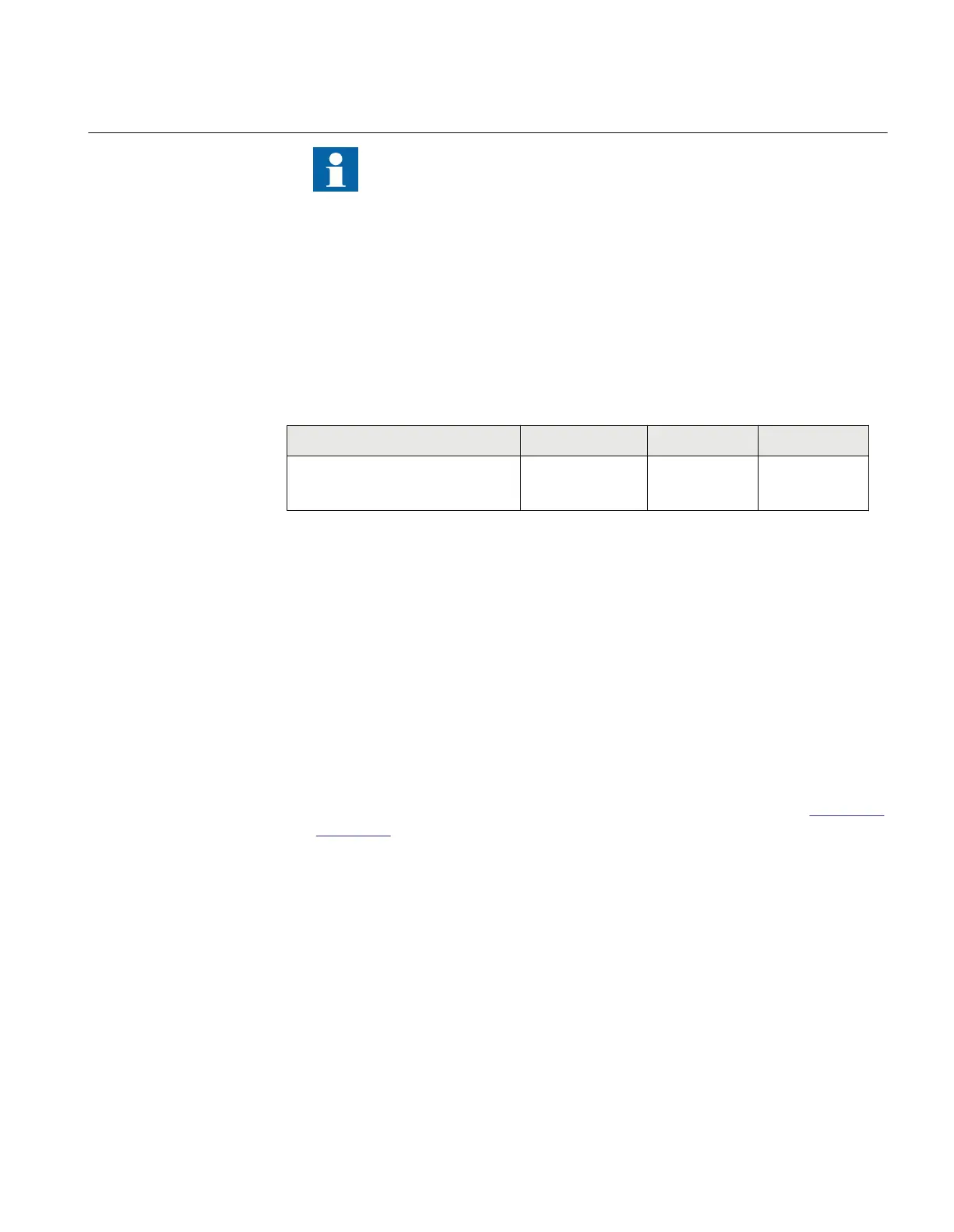